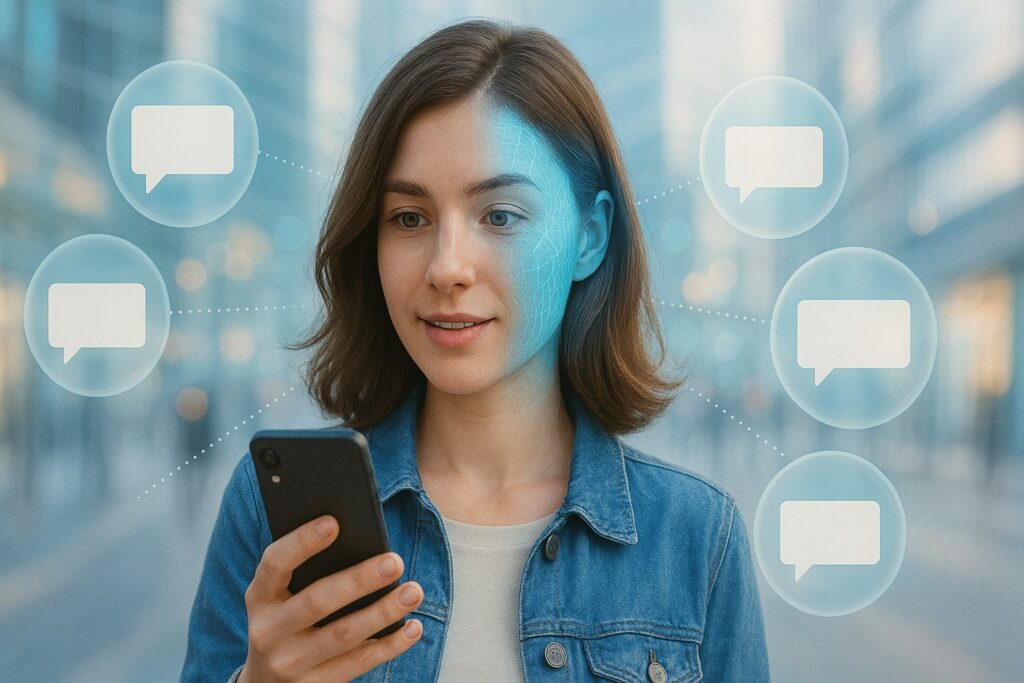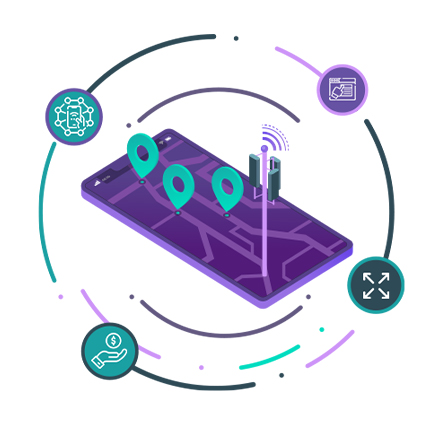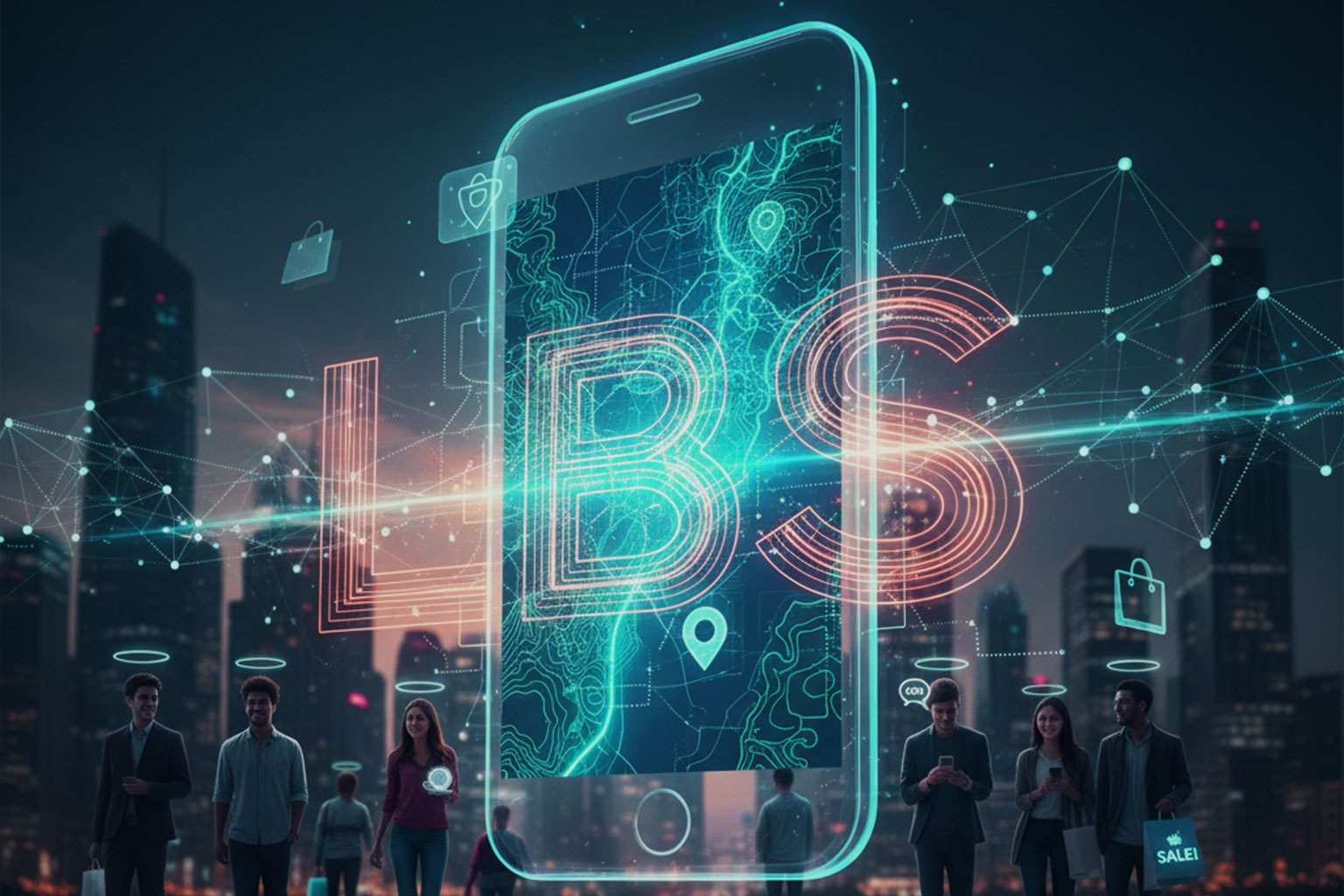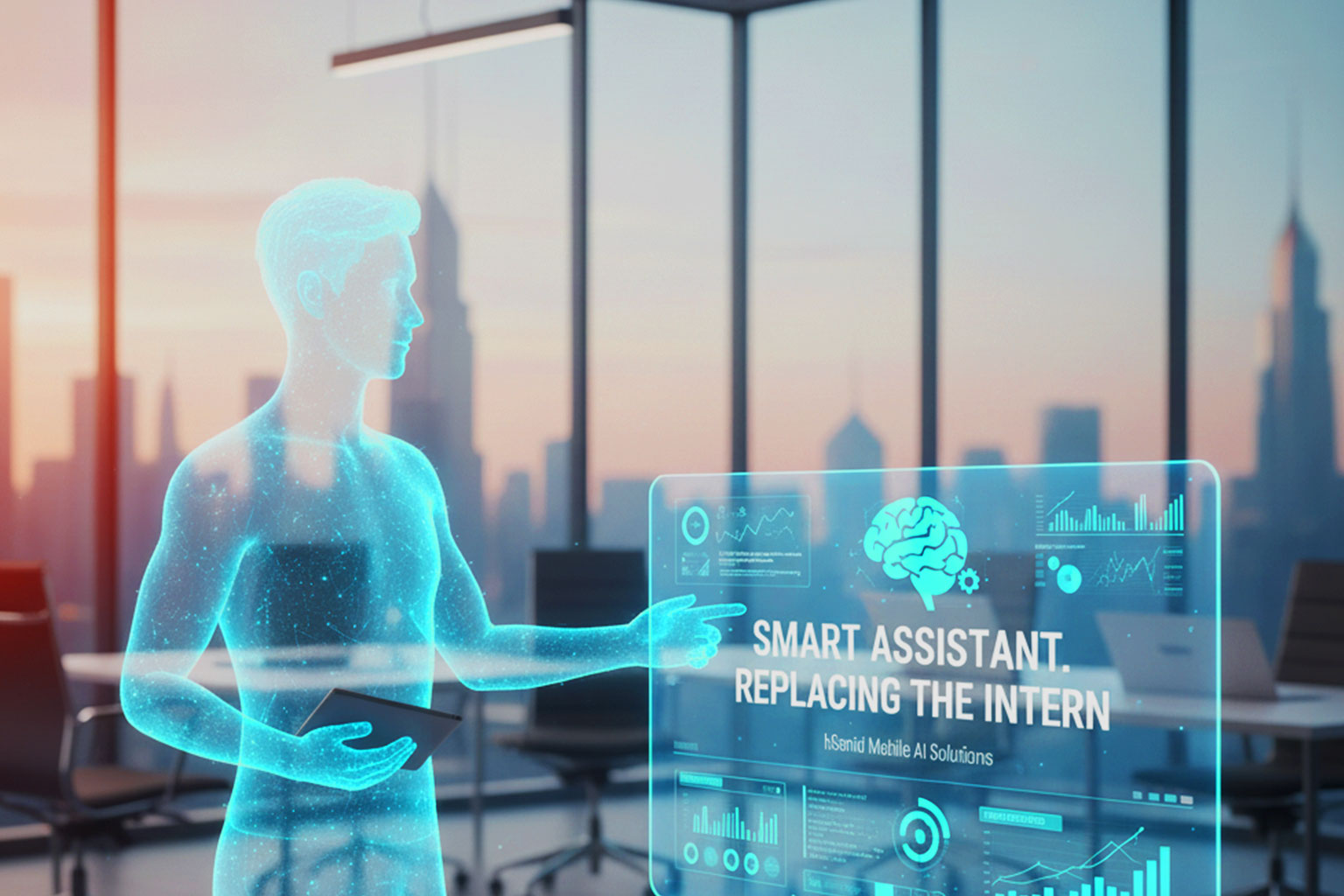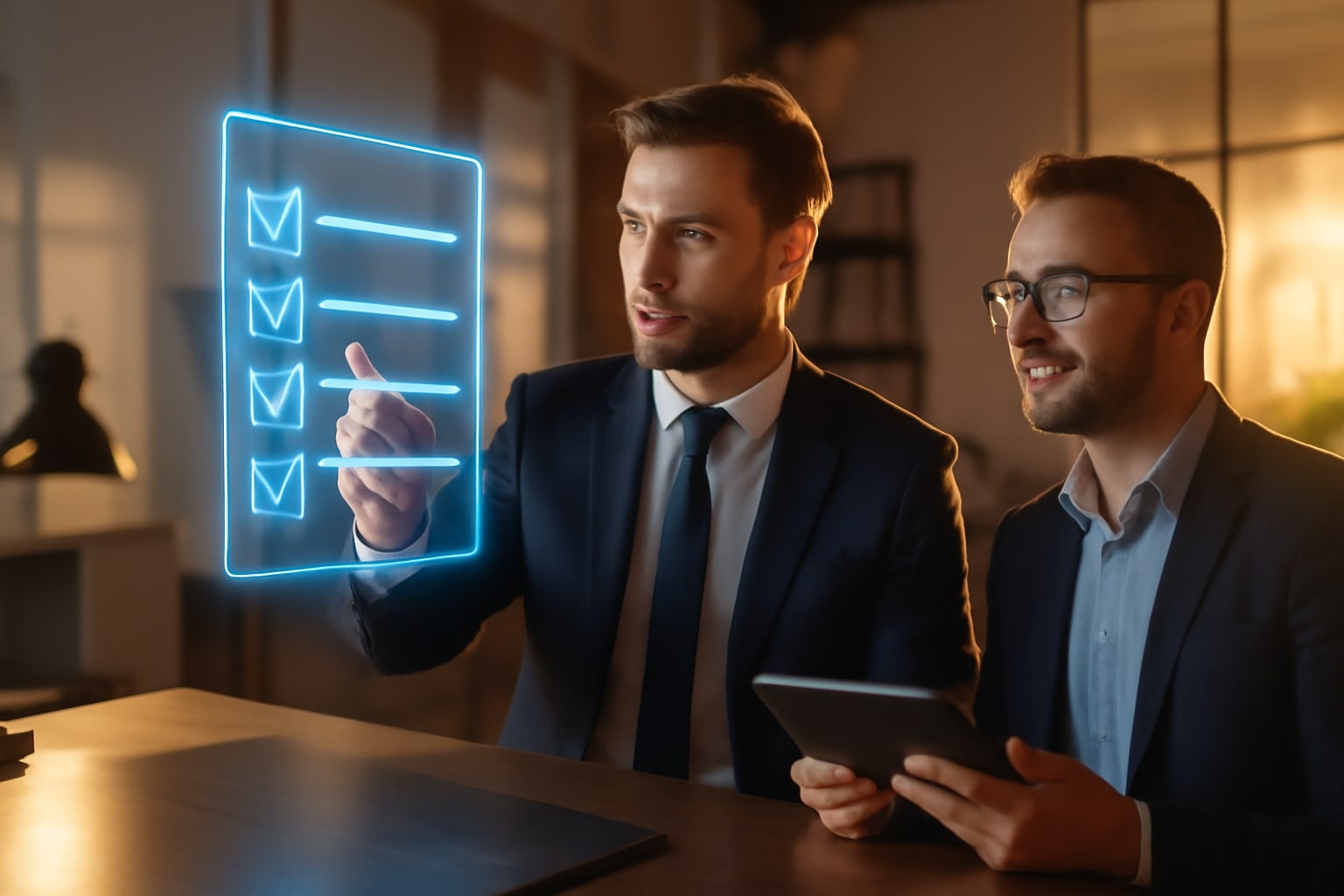There was a time when marketing was about shouting loud enough to get noticed.
These days? It’s not about being louder. It’s about being smarter.
The real winners in today’s market are the ones who know exactly who to talk to, when, and why, without being intrusive. That’s where Location-Based Services (LBS) on mobile come in. It’s quietly reshaping how businesses reach people, making every message more timely, more relevant, and way more effective.
But let’s be honest: walking the line between personalization and privacy isn’t easy. So, how do companies tap into the power of LBS Mobile without creeping customers out?
Take a retail brand, for example. It’s not just about knowing someone’s near the store. With the right data, that brand knows this person has visited before, spends time in the shoe section, and reacts well to flash discounts. That’s actionable insight.
Or think about telecom. Maybe they notice users in a certain region consume more data during a festival. That’s a great moment to offer custom top-ups right when people need them most.
Location isn’t just a point on a map. It’s a signal of intent, and when paired with timing, it makes messaging much more impactful.
The brands that stand out are the ones that make privacy part of their pitch. It’s not just about delivering value, it’s about earning trust.
That means:
Most customers aren’t against personalization. They’re against being surprised. When companies are transparent, people are more open to sharing their data, especially if it makes the experience better.
Here’s how businesses are using it today:
At the end of the day, it’s not about flashy tech for the sake of it. Location-Based Service works best when it’s helping someone, saving time, or make an experience a little more convenient.
But when used the right way, LBS actually brings marketing back to something useful. Something people might even want.
What separates the good from the bad here? Simple: intent.
If your goal is to genuinely make life easier, like faster service, more relevant offers, or timely info, people notice. And they stick around.
But if you’re just pushing clicks or over-targeting without context? People check out. Fast.
The real winners in today’s market are the ones who know exactly who to talk to, when, and why, without being intrusive. That’s where Location-Based Services (LBS) on mobile come in. It’s quietly reshaping how businesses reach people, making every message more timely, more relevant, and way more effective.
But let’s be honest: walking the line between personalization and privacy isn’t easy. So, how do companies tap into the power of LBS Mobile without creeping customers out?
It’s Not Just About “Where” – It’s About “When” and “Why”
LBS for Mobile might sound like simple GPS tech, but there’s more going on behind the scenes. Yes, it pinpoints a user’s location—but the real power lies in context.Take a retail brand, for example. It’s not just about knowing someone’s near the store. With the right data, that brand knows this person has visited before, spends time in the shoe section, and reacts well to flash discounts. That’s actionable insight.
Or think about telecom. Maybe they notice users in a certain region consume more data during a festival. That’s a great moment to offer custom top-ups right when people need them most.
Location isn’t just a point on a map. It’s a signal of intent, and when paired with timing, it makes messaging much more impactful.
Why Brands Are Turning to Mobile LBS Right Now
Businesses chasing better customer experience and stronger ROI are leaning into LBS for good reason:- Engagement improves. Messages sent based on real-world actions feel personal. People actually open and act on them.
- Conversions go up. Offers sent at the exact right moment, like when someone’s nearby, tend to land better.
- Spending gets smarter. Instead of bombarding everyone with promos, brands can focus on the moments that actually drive action.
- Customers feel seen (in a good way). Helpful, timely alerts don’t feel invasive—they feel thoughtful.
The Privacy Tightrope: Where Brands Win or Lose
Here’s the thing. Just because you can use someone’s location doesn’t mean you should. People are more protective of their data than ever, and with good reason.The brands that stand out are the ones that make privacy part of their pitch. It’s not just about delivering value, it’s about earning trust.
That means:
- Being upfront. Don’t hide consent in the fine print. Be clear about what’s collected and why.
- Only collect what you need. More data doesn’t mean better data. It just means more risk.
- Letting users stay in control. Opt-outs should be easy—no tricks, no traps.
- Treating location data as sensitive.
Most customers aren’t against personalization. They’re against being surprised. When companies are transparent, people are more open to sharing their data, especially if it makes the experience better.
LBS for Mobile in the Real World: It’s Not Just About Coupons
When most people hear “location-based marketing,” they think of retailers blasting out coupons when someone walks by. But the truth is, Location-Based Service goes way beyond that, and it’s proving valuable across a wide range of industries.Here’s how businesses are using it today:
- Telecoms: Mobile carriers are using location data to do things like send area-specific service alerts, tailor offers to users in certain regions, or even route support requests faster based on where a customer is calling from.
- Retail: Stores can guide foot traffic more efficiently, send promotions based on where someone spends time (say, the shoe section), or highlight items that are in stock nearby. It works both inside and outside the store.
- Transportation: Whether it’s trains, buses, or rideshare apps, LBS helps alert users about delays or route changes based on where they are and where they’re going. It’s a better way to keep people moving.
- Hospitality: Hotels can use it to send timely messages, like a reminder when check-in time is near, or a last-minute deal on spa services if a guest is hanging around the property.
- Events & Venues: Big stadiums and arenas use Location-Based Service to send updates or offers that are specific to a person’s seat or section, like letting you know when food lines are shorter or if a merch deal is about to end.
At the end of the day, it’s not about flashy tech for the sake of it. Location-Based Service works best when it’s helping someone, saving time, or make an experience a little more convenient.
LBS Done Right: Precision with Respect
Let’s face it, people are burned out on marketing. Too many notifications, irrelevant offers, constant noise.But when used the right way, LBS actually brings marketing back to something useful. Something people might even want.
What separates the good from the bad here? Simple: intent.
If your goal is to genuinely make life easier, like faster service, more relevant offers, or timely info, people notice. And they stick around.
But if you’re just pushing clicks or over-targeting without context? People check out. Fast.
